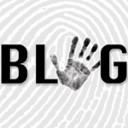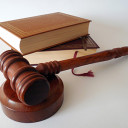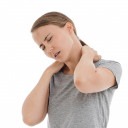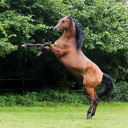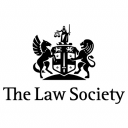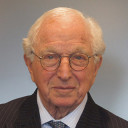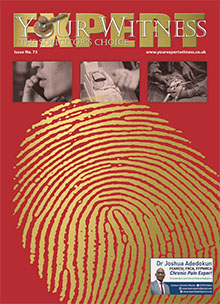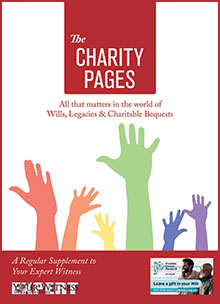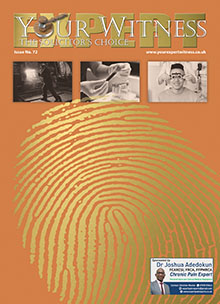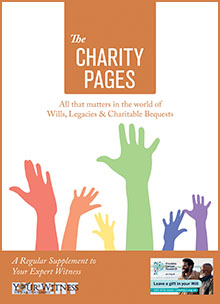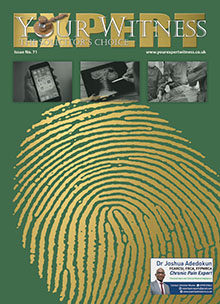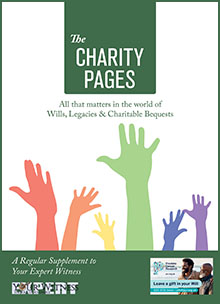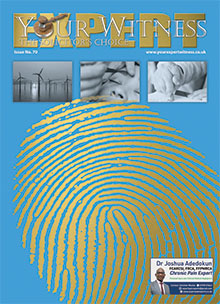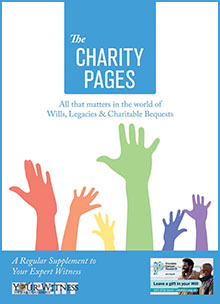NOISE-INDUCED HEARING loss is a relatively common complaint in the elderly population and is caused by excessive exposure to noise.
The noise can be from any source, but hearing damage claims usually relate to noise from an industrial source - frequently from exposure occurring in the days before ear protection was mandatory. In order to qualify for compensation the claimant must have a demonstrable hearing loss and also a history of noise exposure.
Current legislation dictates that exposure to any ambient noise over 85 decibels for eight hours requires mandatory use of ear defenders. Due to the nature of the decibel scale, a three decibel increase in sound intensity will halve the amount of time that noise exposure is allowed; for example, 88 decibels would only allow 4 hours of exposure, 91 decibels is 2 hours, and so on.
When assessing these claimants, it is essential to ensure that there is some hearing loss, and also to note their employment record or history of noise exposure. The employment record can usually be garnered from the National Insurance Contributions Schedule. Most noise-induced hearing loss should be bilateral, except in those who have had noise exposure from firearms use, when this is normally unilateral. A past history should be logged, including any hearing loss risk factors, such as past ear disease or other systemic illnesses such as meningitis or renal failure.
When examining the claimants, they usually have normal-looking ears with no other signs of ear disease. The mainstay of investigation and assessment is with pure tone audiometry. This should be carried out in a soundproof booth by a trained audiologist according to the British Society of Audiology Standards.
When looking at the audiogram, there is a characteristic dip at 4 kHz suggestive of noise-induced hearing loss. The audiogram can then be analysed and there are two formulae that can be applied to it. The first of these is the DSS formula, which will give a hearing loss in decibel terms of noise-induced hearing loss over and above that which is expected due to age. This has a bias towards the better hearing ear. The other formula is that as described in the papers by King, Coles and Luttman, which gives a percentage hearing loss over and above that which would be expected for age-associated hearing loss.
The final report should cover the claimant’s history, history of the hearing loss, and how the disability affects the claimant. It should also cover the history of noise exposure, which is normally employment-based. The audiogram should be appended, together with the calculations of hearing loss.
There are many causes of hearing loss and most claimants who present with a claim for noise-induced hearing loss will be the elderly, and will therefore naturally have some hearing loss due to age (presbyacusis). This should be detailed in the report and the hearing loss should be quantified according to the formula outlined briefly above. This report should also deal with any past medical or audiological history that could contribute to a hearing loss.



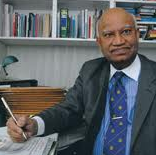 “Speculate before you accumulate. I am a long term regular writer and advertiser in 'Your Expert Witness - the Solicitor’s Choice'. This investment pays me substantive dividends; I get more Expert Witness work with every issue. Not only solicitors and barristers but also judges seem to read it. It is a win-win situation. Success breeds success; I must continue to write and advertise.”
“Speculate before you accumulate. I am a long term regular writer and advertiser in 'Your Expert Witness - the Solicitor’s Choice'. This investment pays me substantive dividends; I get more Expert Witness work with every issue. Not only solicitors and barristers but also judges seem to read it. It is a win-win situation. Success breeds success; I must continue to write and advertise.”